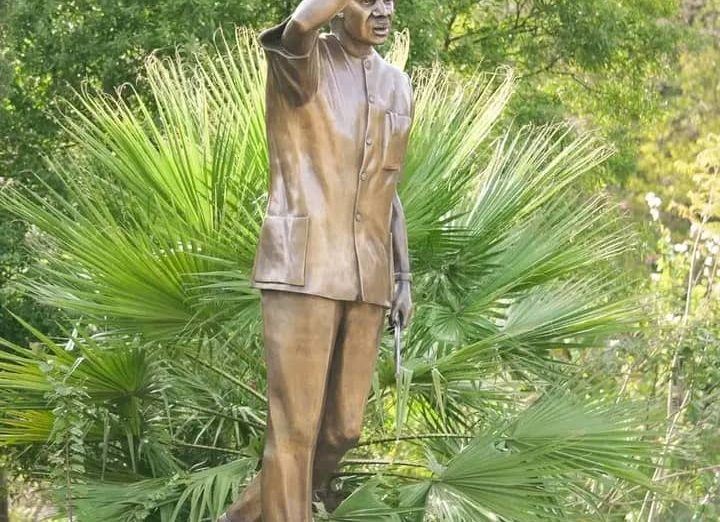SCORES of Tanzanians, including prominent figures, seasoned journalists and activists, have overwhelmingly taken to the digital space rejecting the statue that was unveiled this week at the headquarters of the African Union in Addis Ababa in honour of Mwalimu Julius Kambarage Nyerere, the country’s founding president.
Common statements go like:
“We are fixed. This one isn’t Mwalimu Nyerere even by 25%. If it was done by a sculptor, he/she was fake.” “This is not Nyerere’s statue.” “It looks more like Nkrumah than Nyerere.” “The face resembles Joseph Butiku, not Nyerere.” “They can keep the rest but change the face.”
“Whoever approved this statue doesn’t know what Nyerere looked like.” “This one must have been made in China. Gimme copy of Mwalimu.” We have never had a weak Nyerere as portrayed by this statue. This statue represents Nyerere only by name, not by looks.” “It is a scandal!”
Mwalimu Nyerere’s Zanaki clan chief, Japhet Wanzagi, says: “This is not Mwalimu Nyerere’s statue. Whatever good intentions the sculptors and their commissioners had, this statue resembles someone else, not Mwalimu Nyerere.”
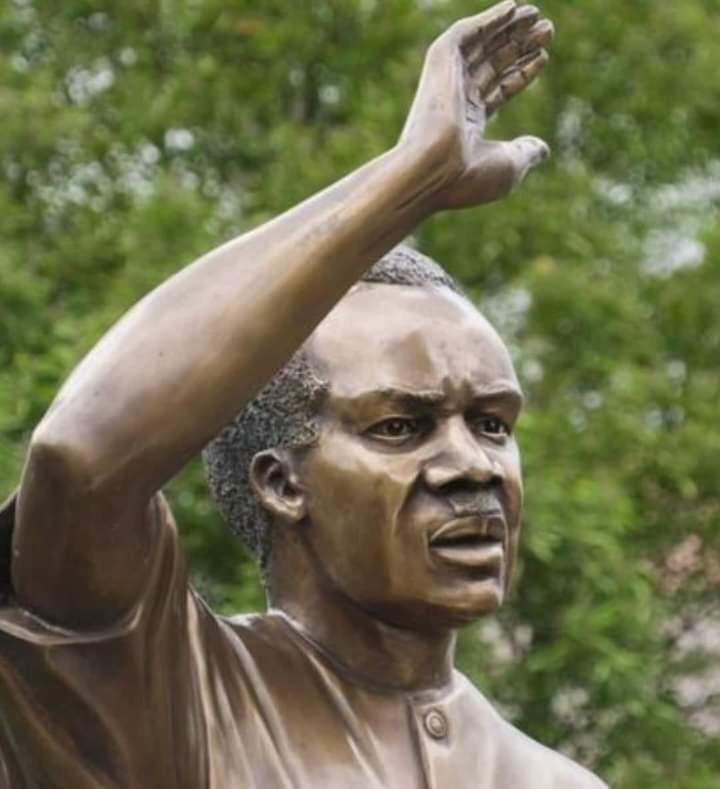
The general consensus is that the statue should be demolished and redone with the utmost care and honour that Mwalimu Nyerere deserves from his country and continent.
The government of Tanzania spent TZS 487 million equivalent to USD 205,942 on the project.
Madaraka Nyerere, one of Mwalimu Nyerere’s sons, was involved in the approval process. He was invited to be part of the government team involved in the making of the statue. According to Madaraka, the approval was overwhelmingly reached with over 90 percent of votes.
He also represented the family at the launch ceremony in Addis Ababa, Ethiopia, on 18th February 2024. President Samia Suluhu Hassan, and former president Jakaya Kikwete attended the launch.
But SAUTI KUBWA is informed that apart from Madaraka, other members of the Mwalimu Nyerere family share the same opinion and concerns as Tanzanians. Madaraka is isolated.
One of Mwalimu Nyerere’s grand children cracked a curious joke saying, “I am sure grandma would never accept that the statue looks like the husband she was married to.”
As this article was being published, Maria Nyerere, Mwalimu’s widow, had not been involved in this discussion as she was not even aware of the statue.
Some digitally active Tanzanians have even compared Mwalimu Nyerere’s statue to Mr. Bean’s, saying the comedian’s statue is a perfect portrayal of his appearance, while the face and over-size Kaunda suit in the Nyerere statue do not depict the person intended.
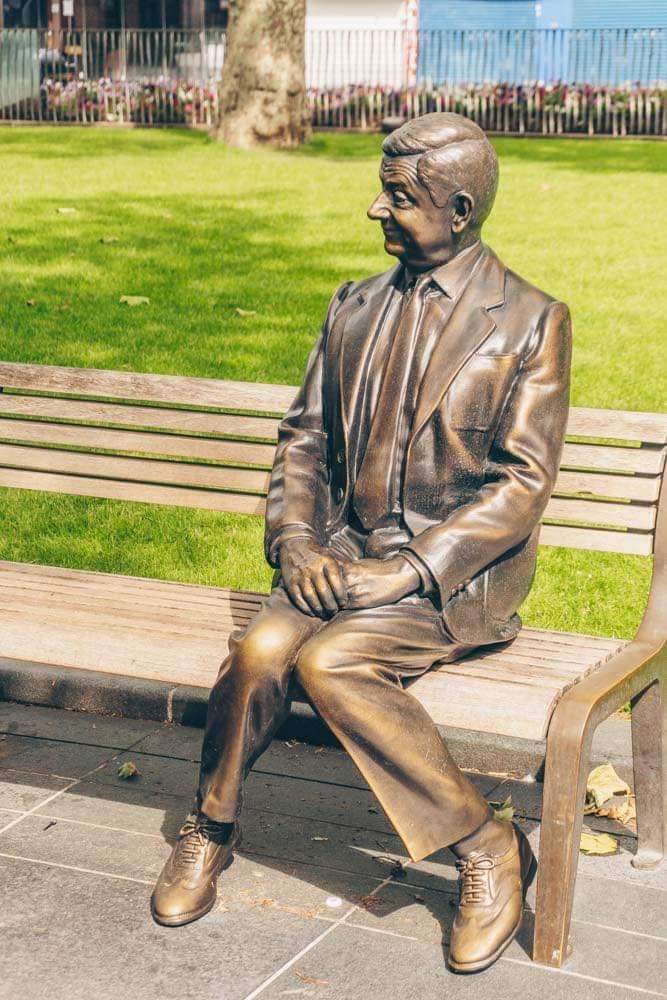
Other better statues of Mwalimu Nyerere from various sources are also being shared, in an effort to prove wrong the AU sculptor.

While Madaraka Nyerere referred SAUTI KUBWA to his comment in the video link posted here, another prominent family member anonymously says: “Nyerere is our parent, but we understand that he is the Father of the Nation. The people know him. Some of them have seen him during his lifetime. Others have photos of him. The media has many photos and videos of him. Even a kindergarten kid can easily identify him when shown his photos. As a family, we are divided over the statue. Madaraka is the only family member who approves the statue. The rest of us understand and appreciate that Tanzanians know their father of the nation.”
Vincent Nyerere, a former member of parliament, says: “If the Tanzanians are saying this statue doesn’t reflect Mwalimu Nyerere, who am I to say otherwise?”
Makongoro Nyerere, the only son of Mwalimu Nyerere currently active in the country’s politics as regional commissioner, makes a brief comment: “The opinion of.the majority should be respected, upheld, and implemented. No one should ignore it.”
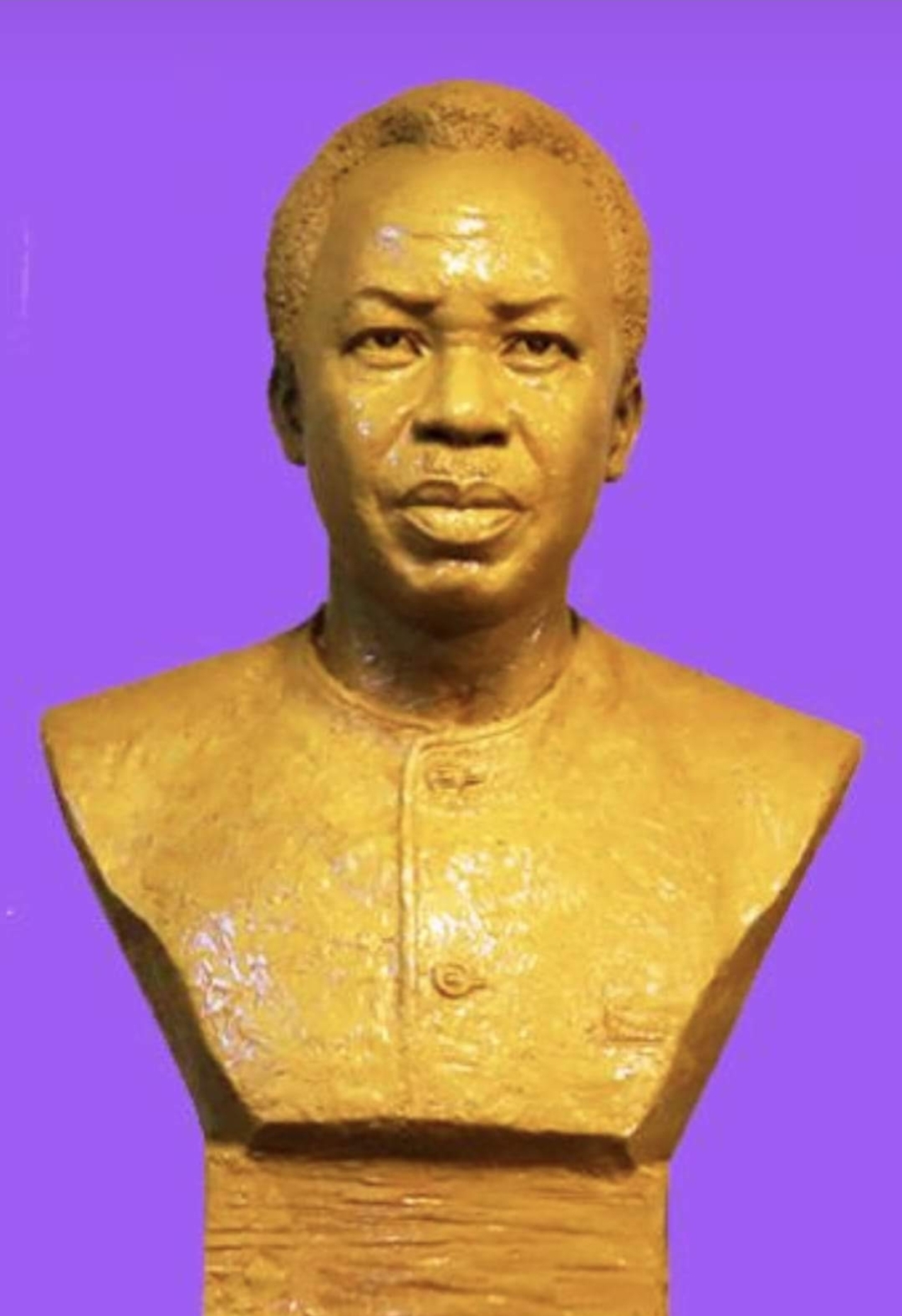
Seasoned Journalist Kajubi Mukajanga, the immediate former executive secretary of the Tanzania Media Council, says: “It is NOT Nyerere’s statue, pure and simple! If even our continental body cannot show seriousness, then we are in a very sorry state.”
A former presidential aide anonymously says: “This one isn’t Mwalimu Nyerere even by 25%. If it was done by a sculptor, he/she was fake. Even the 25% is generous… going by the façade, I don’t see any Nyerere element, even going back in time.”
Absalom Kibanda, a seasoned journalist and former chairman of the Tanzania Editors Forum, says: “It’s fake. I don’t understand what went wrong with Madaraka (Nyerere’s son)…”
Journalist Erick Kabendera, a renowned investigative journalist, remarks: “Articraft is one of our strongest links in Africa. A good Makonde sculpture would have done better than this Addis Ababa statue.”
Dr. Hellen Kijo-Bisimba, the former executice director of the Legal and Human Rights Centre (LHRC) says: “Oh my God! I saw the statute. It is not near what could be our Mwalimu. I just did not understand how it could be accepted. Anyway, my theory is that I once heard Mwalimu saying he did not want any statues of him because sometimes people might decide to pull it down in mockery. May be that is why no one has succeeded in making a statue that resembles him…”
Dr. Ananilea Nkya, the former excutice director for the Tanzania Media Women’s Association (TAMWA), says: “It’s pathetic. Mwalimu Nyerere’s face was completely distorted. It’s a mockery that Tanzania should not have approved, in the first place. I think we have better artisans who would have done a better job!”
Anthony Ngaiza, a seasoned editor and founding MCT executive secretary, says: “Pathetic!! Those are the consequencies of corruption. The project was likely pioneered by fraudsters who deliberately avoided expert role and opinion. That is why the whole ploy was shreded in top secrecy until the statue was unveiled in Addis. The purpose was to avoid citizens’ outcry and audit. Shame!”
According to the prominent bishop’s point of view, shared by many in the general public, the distortion of Mwalimu Nyerere’s face is tantamount to libel or defamation. He insists that Mwalimu Nyerere’s face is “drawable.”
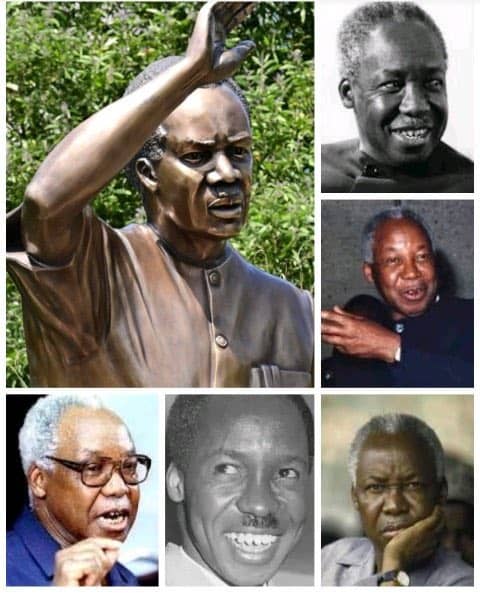
An anonymous senior government official says: “Luckily, this matter has come up during our lifetime. We are here to say no because we lived with Mwalimu, we have seen Mwalimu. This statue is likely to exist for more than 300 years. Think of those who never knew him, 300 years later. They will be led to think this is what Mwalimu Nyerere looked like. That’s defamation. For the sake of honouring history, and in Mwalimu Nyerere’s honour, this statue has to be demolished and redone.”
What next? The AU can still rework the statue face in order to improve the resemblance.
Nyerere led Tanganyika to independence in 961, then united Tanganyika and Zanzibar to form the United Republic of Tanzania, of which he bacame president until his retirement in 1985.
During his presideny, he championed the African unity, and played an instrumental part in the establishment of the Organisation for African Unity (OAU), which later became African Union (AU).
A staunch Pan-Africanist at heart, Nyerere made Tanzania the host and base of several liberation movements in Africa, leading to the independence of Namibia, Zimbabwe, Mozambique, South Africa and many others.
Moussa Faki Mahamat, the leader of the AU.commission, said this of Nyerere while launching the statue this week: “The legacy of this remarkable leader encapsulates the essence of Pan Africanism, profound wisdom, and service to Africa.”
But Nyerere’s statue remains a matter of contention and, to others, a scandal.


